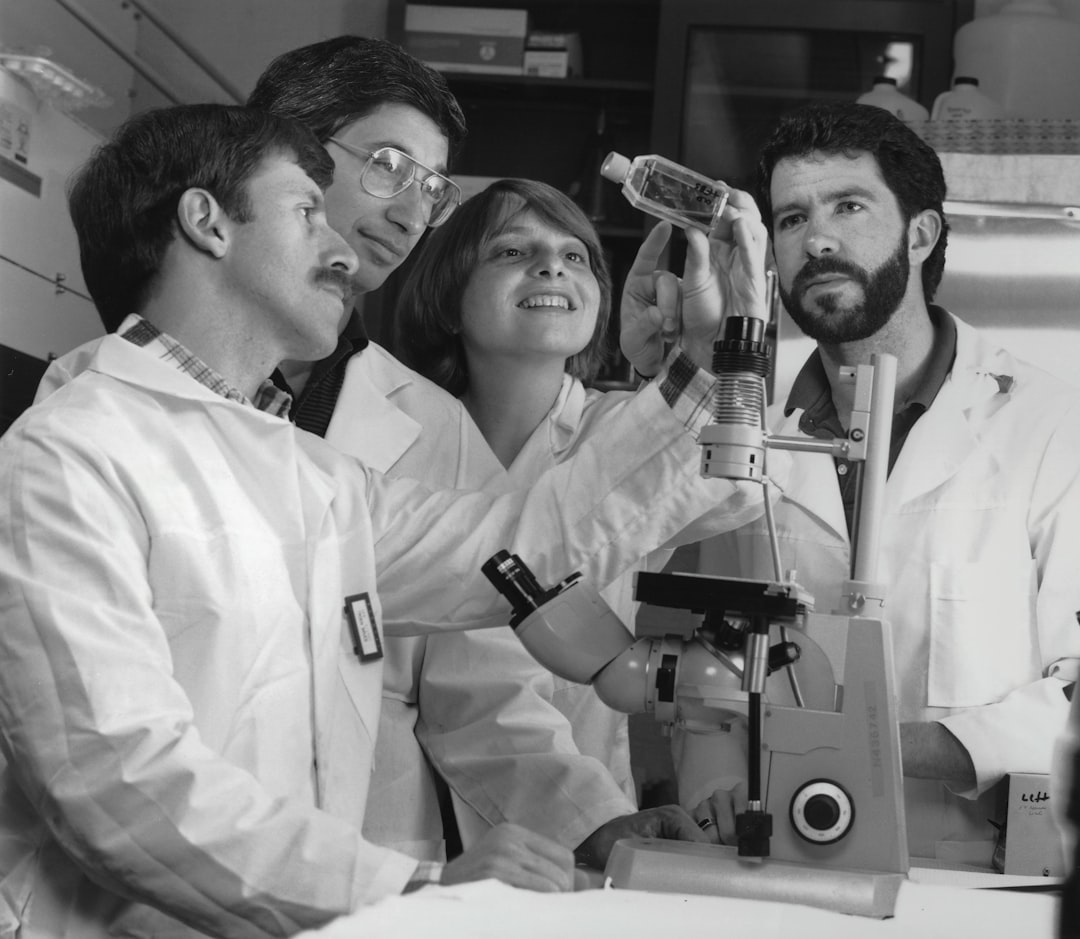What is it about?
Most insects harbor bacterial endosymbionts within their tissues, which have major impacts on their physiology, ecology, and evolution. We investigate mechanisms that regulate such interaction between Drosophila melanogaster and its natural endosymbiont Spiroplasma poulsonii. Spiroplasma poulsonii grows in the fly circulatory system and colonizes the fly ovaries, which allows its transmission from the mothers to their offspring across generations. We found that the protein Spiralin B plays a role in this process. However, probably because of its key function in bacteria transmission, Spiralin B is massively produced and monopolizes essential amino acids, impacting bacterial growth in nutrient-limited conditions.
Featured Image

Photo by Erik Karits on Unsplash
Why is it important?
Our work illustrates that a single bacterial protein can couple two key aspects of an endosymbiont lifestyle (its ability to proliferate in host tissues and to be vertically transmitted), thus maintaining the interaction over evolutionary timescales. We also demonstrate that the primary sequence of this unique protein fully defines the amino-acid requirements of the bacterium, linking its growth to the nutritional status of its host.
Perspectives
A bacterial symbiont that manipulates insect reproduction for its own advantage is a not only a fascinating research model, but also provides a unique opportunity to tamper with host reproduction by manipulating symbiont biology. Spiroplasma has a long list of weird kinks and this interaction is still full of mysteries -especially when it comes to molecular mechanisms- which promise many exciting discoveries to come.
Samuel Rommelaere
Ecole Polytechnique Federale de Lausanne
Read the Original
This page is a summary of: Disproportionate investment in Spiralin B production limits in-host growth and favors the vertical transmission of
Spiroplasma
insect endosymbionts, Proceedings of the National Academy of Sciences, July 2022, Proceedings of the National Academy of Sciences,
DOI: 10.1073/pnas.2208461119.
You can read the full text:
Contributors
The following have contributed to this page










